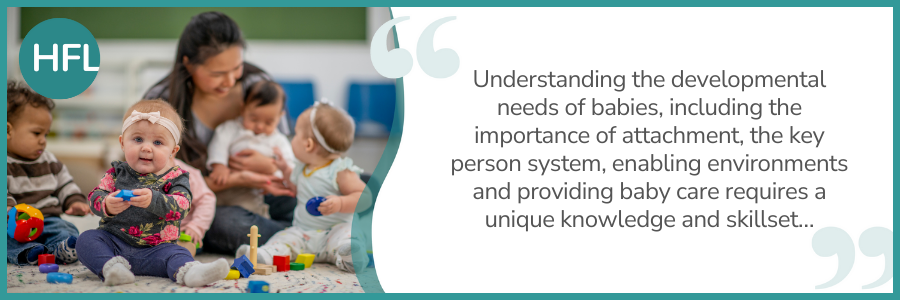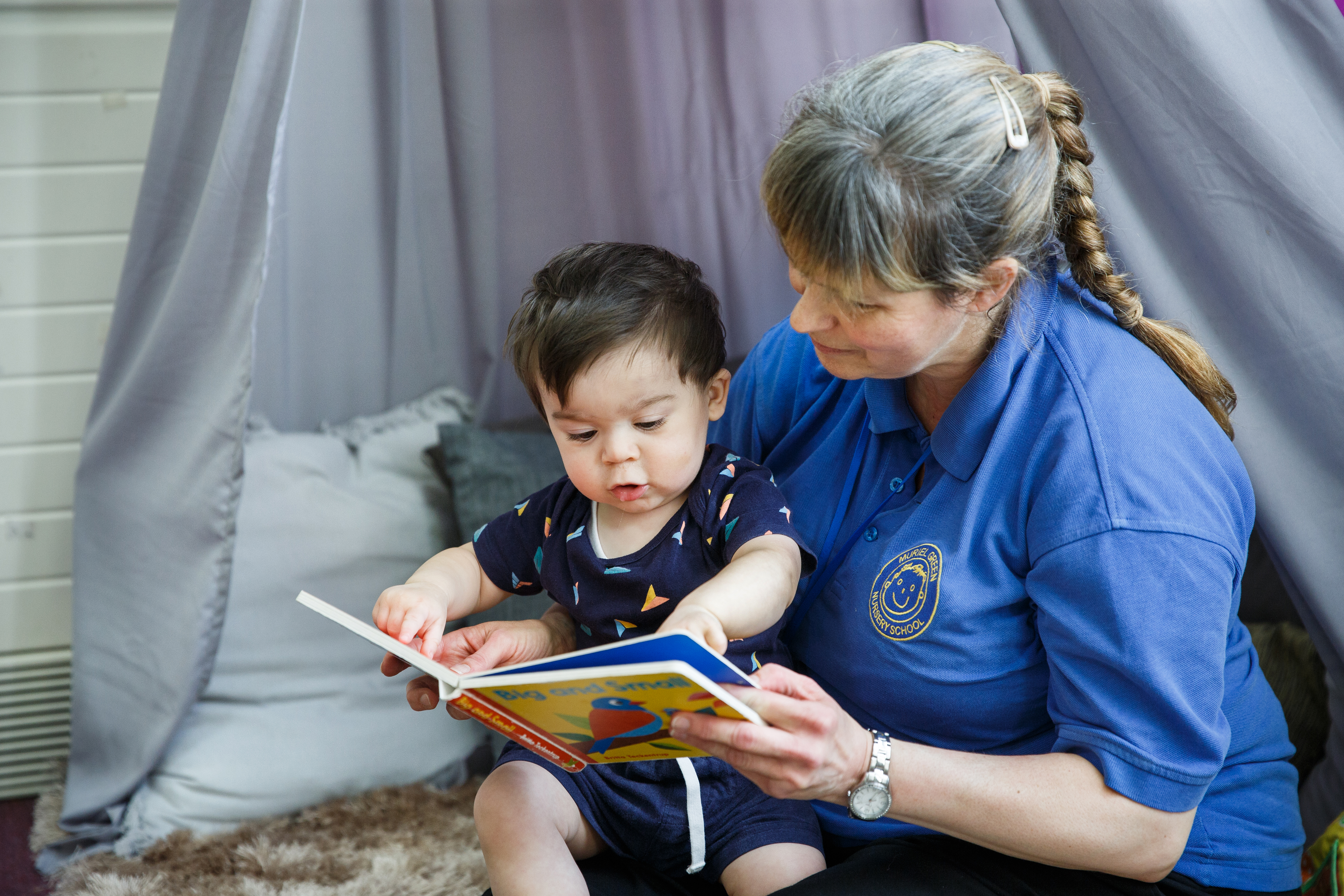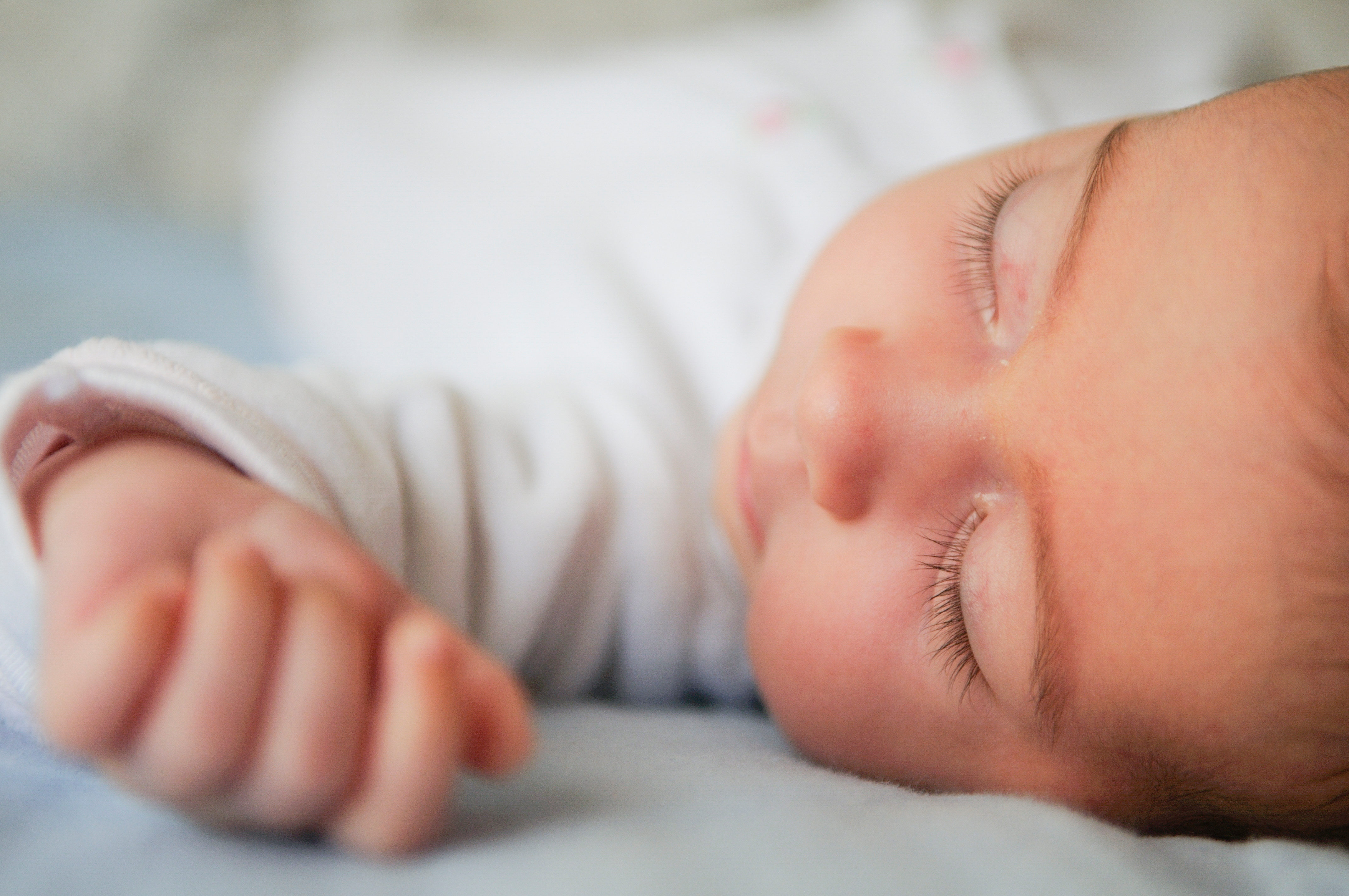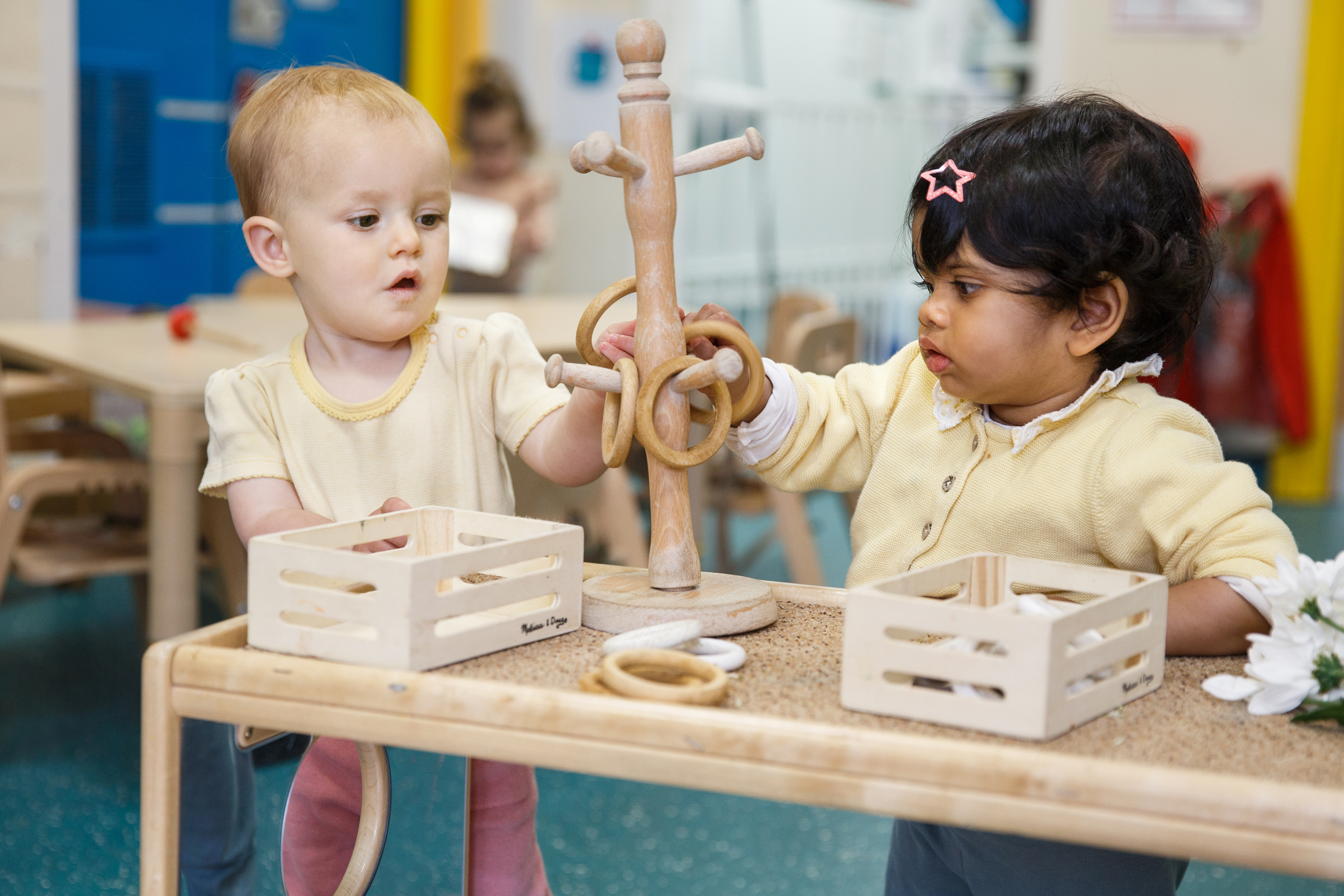
From September 2024, working parents of children aged 9 months old and over will be able to access 15 hours of support for childcare. This will increase to 30 hours from September 2025.
This childcare expansion has led to some settings considering extending their provision to enable babies to begin attending, whereas previously they may have accepted children from aged 2 or 3 years and over.
These changes have been introduced to support families to return to work, by reducing the financial implications of childcare and settings considering extending their provision to include babies is a positive step.
However, there are many things to consider logistically when adding a new age group, and this blog investigates each of these to support providers in their decision making and set up.
Ratios
Children under the age of two are much more reliant on adults with very few independent skills, therefore, the ratio for children under the age of 2 years old is 1:3. With this higher staff to child ratio, you may need to consider hiring more staff or redeploying existing staff, as with all ratios, these are statutory and must be upheld.
Training
The Early Years Foundation Stage Statutory Framework states that ‘At least half of all staff must have received training that specifically address the care of babies’ (3.40).
Understanding the developmental needs of babies, including the importance of attachment, the key person system, enabling environments and providing baby care requires a unique knowledge and skillset, and therefore it is recognised that practitioners working with babies must undertake specific training.
This training is in addition to any childcare qualification, therefore, if you are considering offering places for babies into your setting, you must ensure that at least half of the staff who will be working with them have accessed baby training.
HFL provides training that covers this statutory requirement with two courses, ‘Working with Babies’ and ‘The Baby Room in Action’ which can be found on the HFL Hub
The framework also states that the member of staff in charge of the baby room, must have suitable experience of working with under twos, therefore, when employing or redeploying staff, this must be taken into consideration.
Environment
In group settings, there should be a separate room for babies with 3.5m² for each child, which must be usable space, not thoroughfares, changing areas, cloakrooms etc. Therefore, you require a bigger space for less children compared to your 2, 3 and 4-year-olds.
An environment that stimulates and provides safety for a baby also looks very different to the environment for children over the age of two. Babies will spend most of the day on the floor, so consideration must be given to how comfortable that is. It is essential that babies have soft, cosy spaces beyond a few cushions and teddies, but places for them to lay, roll, crawl, and play safely and comfortably.
Secure furniture that enables the children opportunities to pull themselves up, cruise and select their own resources is essential along with décor and displays that are not over busy, bright and overstimulating, as this is known to raise children’s blood pressure. Ideally, we want babies to be surrounded by neutral tones in a homely ‘living room’ style atmosphere.
Have you thought about visiting settings that offer child care for babies? This is often a great way to gain inspiration and build a network.

According to the EYFS Statutory Framework, ‘each child must be assigned a key person’ (3.34) and for babies and their families, this role holds significant importance. A key person system must be established and embedded, with practitioners clear on their role of forming attachments with babies to enable them to feel safe, secure, and happy. This begins with building relationships with parents and carers by being a consistent presence and port of call for information sharing. In practice, a key person should build an attachment with the baby demonstrating ‘professional love’, such as carrying out care routines, having sociable interactions and responding to their voice, including non-verbal cues, with affection. Home visits before a baby starts at the setting are an invaluable way of building the foundations of an effective key person relationship.
Sleep

Sleep is one of the most important aspects of the day for babies and can also be a very vulnerable time. The Lullaby Trust has published guidance for settings and is a great place to start when considering your sleep space and safer sleep policy. Babies must have safe and restful naps as this contributes to their brain development, good health, and their mood. Safe places for babies to nap are either cots or sleep mats/beds and children must be checked on regularly. Babies should never sleep in bouncy chairs, swinging chairs, pillows, beanbags, car seats or buggies.
Training the team on what they are looking for when checking sleeping babies is imperative.

Resources made of plastic have a place in a baby room, as plastic is easily cleaned after being mouthed, we want children to gain authentic experiences from materials and resources that provide different sensory feedback. So, when gathering resources for your babies, put yourself in their shoes and consider how something feels, smells, tastes and sounds when banged or dropped and use this as your guide to resourcing.
Be aware of small and sharp parts that can cause a choking hazard or injury but do not be afraid of appropriate loose parts and interesting textures.
Avoiding food play is advised but providing well supervised opportunities for babies to explore sand, water, and playdough within continuous provision with exciting enhancements provide excellent sensory activities.
Other logistical factors to consider:
- Policies and risk assessments – existing policies will need to be reviewed, adapted and implemented to reflect the new age group. Examples could include a safer sleep policy, a milk preparation procedure, and a risk assessment for accessing babies accessing water play.
- Outdoor space- including how babies will access this and how they can take part in walks.
- Milk preparation – including a place to make bottles and store breast milk. Additionally, a place for mothers to breastfeed if they wish to.
- Intimate care – including where nappy changes will be carried out and a selection of spare clothes for babies.
- Cleaning schedule – babies will mouth toys more often than older children therefore resources must be cleaned or sterilised regularly.
Resources:
EYFS Statutory Framework
The Lullaby Trust - Safer Sleep Awareness
Community Play - What happens in the baby room?



